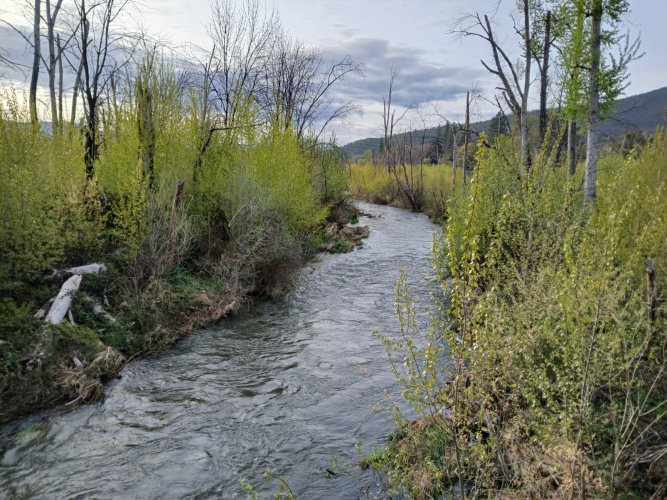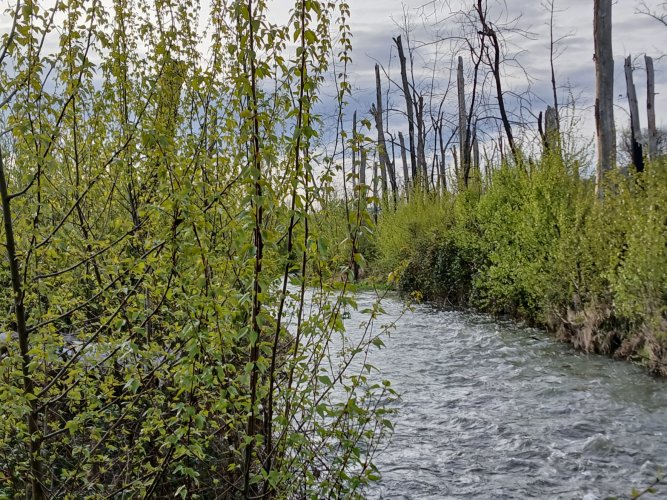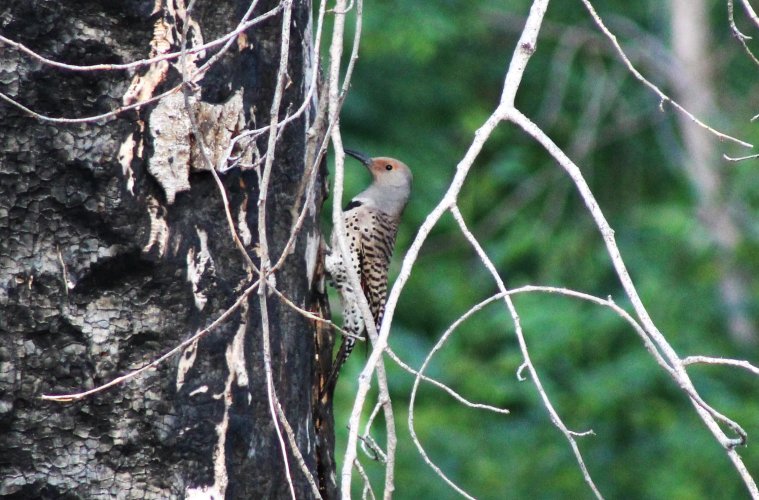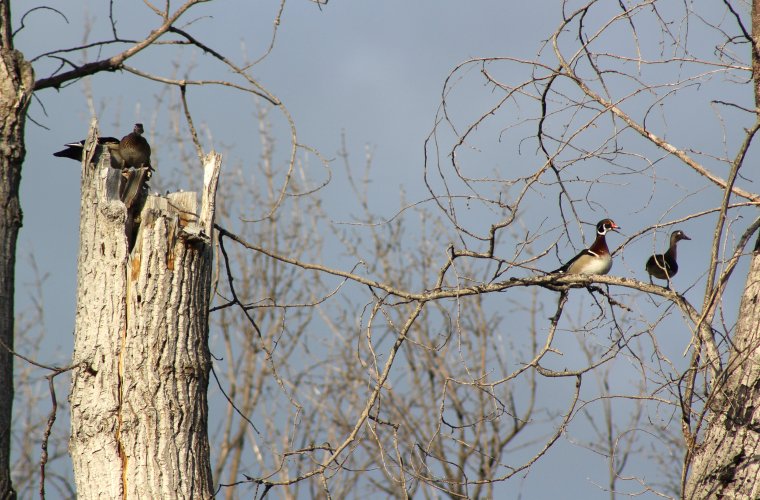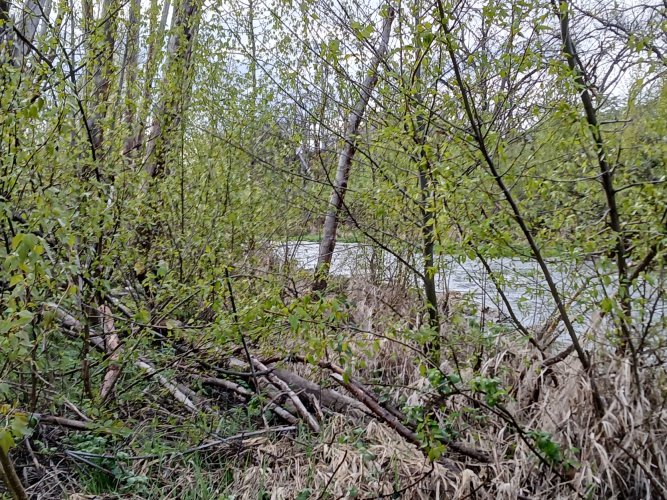We all know the importance of riparian zones along our streams and rivers, so when a human caused fire devastates several miles of a riparian zone, immediate action must be taken.
So, what to do. First you create a committee of uninformed, ignorant people to organize the restoration efforts. This committee will hold many, many meetings to discuss the matter and include self-proclaimed experts on every phase of the efforts. So everything gets done right. Then bring in as many interested citizens to give their input to make sure the finished product will please everyone. Then organize fund raisers and apply for government grants because it is going to be very expensive. Once you have some money you have to make signs to put up to tell people what you are going to do. You have to put up a bunch of educational kiosks to inform the people about riparian zones and natural streams.

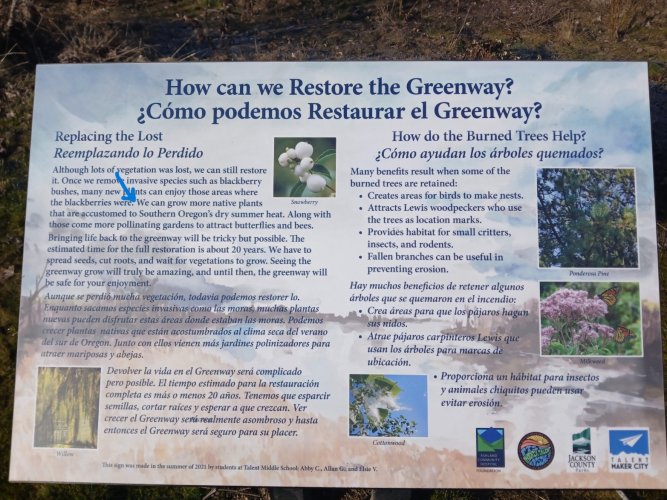
After that you have to hire contractors to do the heavy lifting and organize volentires to do the grunt work
In in just 4 1/2 years you are well on the way to a beautiful, natural and fully functioning riparian zone.
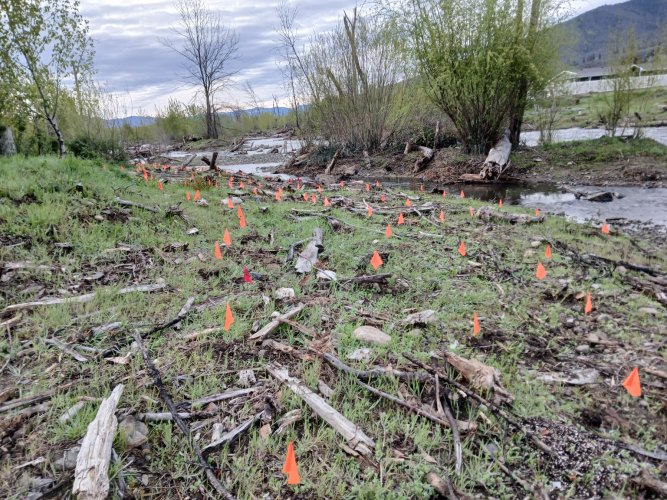


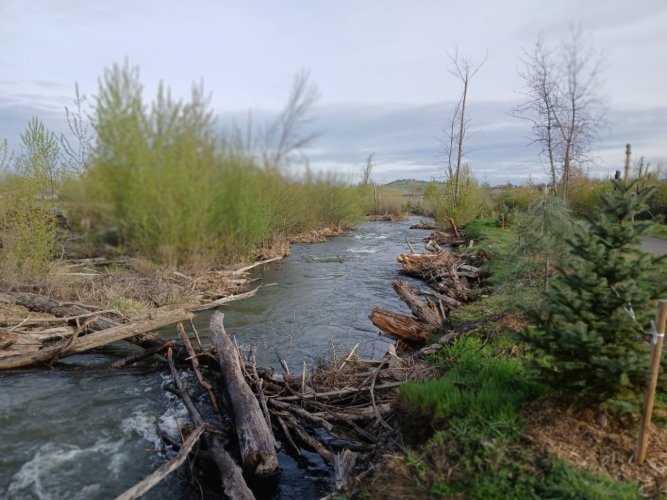
So, what to do. First you create a committee of uninformed, ignorant people to organize the restoration efforts. This committee will hold many, many meetings to discuss the matter and include self-proclaimed experts on every phase of the efforts. So everything gets done right. Then bring in as many interested citizens to give their input to make sure the finished product will please everyone. Then organize fund raisers and apply for government grants because it is going to be very expensive. Once you have some money you have to make signs to put up to tell people what you are going to do. You have to put up a bunch of educational kiosks to inform the people about riparian zones and natural streams.


After that you have to hire contractors to do the heavy lifting and organize volentires to do the grunt work
In in just 4 1/2 years you are well on the way to a beautiful, natural and fully functioning riparian zone.








